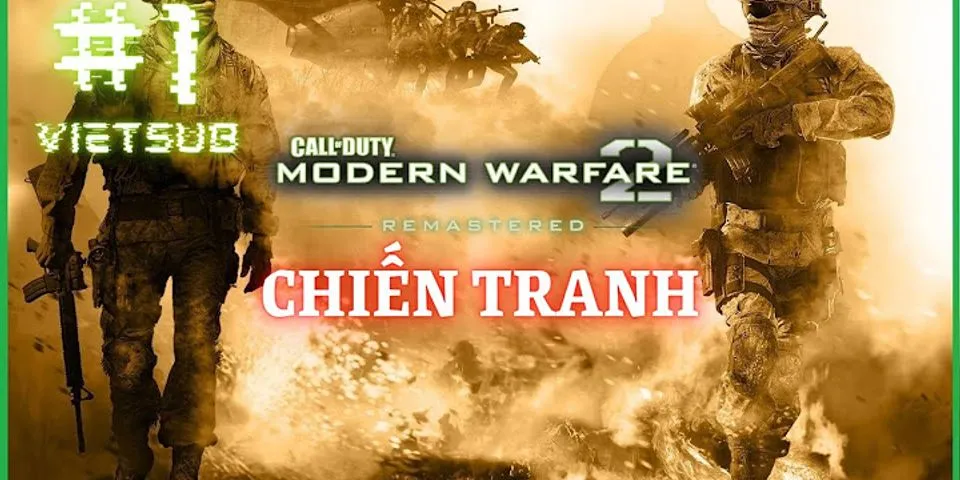After the early war of movement in the late summer of 1914, artillery and machine guns forced the armies on the Western Front to dig trenches to protect themselves. Fighting ground to a stalemate. Over the next four years, both sides would launch attacks against the enemy’s trench lines, attacks that resulted in horrific casualties. Show Image Inside a trench, all that is visible is just a few feet on either side, ending at the trench walls in front and back, with a patch of leaden sky visible above. Trenches in WWI were constructed with sandbags, wooden planks, woven sticks, tangled barbed wire or even just stinking mud. Image Despite the use of wooden plank ‘duckboards’ and sandbags to keep out the water, soldiers on the front lines lived mired in mud. “The mud in Belgium varies in consistency from water to about the thickness of dough ready for the oven,” one British infantry soldier wrote. The constant damp often led to a condition known as ‘trenchfoot,’ which if left untreated, could require amputation to stave off severe infection or even death. Image Trenches became trash dumps of the detritus of war: broken ammunition boxes, empty cartridges, torn uniforms, shattered helmets, soiled bandages, shrapnel balls, bone fragments. Trenches were also places of despair, becoming long graves when they collapsed from the weight of the war. Image ‘No-man’s land,’ was an ancient term that gained terrible new meaning during WWI. The constant bombardment of modern artillery and rapid firing of machine guns created a nightmarish wasteland between the enemies’ lines, littered with tree stumps and snarls of barbed wire. In battle, soldiers had to charge out of the trenches and across no-man’s land into a hail of bullets and shrapnel and poison gas. They were easy targets and casualties were enormously high. By the end of 1914, after just five months of fighting, the number of dead and wounded exceeded four million men. Image The trench systems on the Western Front were roughly 475 miles long, stretching from the English Channel to the Swiss Alps, although not in a continuous line. Though trenches offered some protection, they were still incredibly dangerous, as soldiers easily became trapped or killed because of direct hits from artillery fire. World War I was less than one year old when British writer H. G. Wells lamented the fate of humanity at the hands of "man's increasing power of destruction" (H. G. Wells, "Civilization at the Breaking Point," New York Times, May 27, 1915, 2). Although considered a father of science fiction, Wells was observing something all too real—technology had changed the face of combat in World War I and ultimately accounted for an unprecedented loss of human life.  Infantry warfare had depended upon hand-to-hand combat. World War I popularized the use of the machine gun—capable of bringing down row after row of soldiers from a distance on the battlefield. This weapon, along with barbed wire and mines, made movement across open land both difficult and dangerous. Thus trench warfare was born. The British introduced tanks in 1916; they were used with airplanes and artillery to advance the front. The advent of chemical warfare added to the soldier's perils.  Sea and airborne weapons made killing from a distance more effective as well. Guns mounted on ships were able to strike targets up to twenty miles inland. The stealth and speed of German submarines gave Germany a considerable advantage in its dominance of the North Sea. Although airplanes were technologically crude, they offered a psychological advantage. Fighter pilot aces such as Manfred von Richthofen, Germany's "Red Baron," became celebrities and heroes, capturing the world's imagination with their daring and thrilling mid-air maneuvers.  Newspapers charted the public's reaction—horror and vengeance—to these technological advancements. A few weeks after the Germans first used poison gas in Ypres, Belgium, on April 22, 1915, a London newswire to the New York Times described the brutal details of the attack and the immediate effects on the soldiers, concluding: "It is without doubt the most awful form of scientific torture." Yet a Daily Chronicle [London] editorial urged Britain to retaliate with poison gas use of its own (quoted in New York Times, May 7, 1915, 2). In fact, Germany claimed that the Allies were already using mines charged with poison gas. So horrified were people by chemical warfare that the use of poison gases was banned for future wars, although not until 1925. When Germany's plan for a swift military victory went unrealized, the pace of war bogged down. Both sides tried to break this stalemate through the use of force. In previous wars, victory was achieved through territorial supremacy; in World War I it was accomplished by simply outlasting the opponent—a "war of attrition." When fighting first broke out in August 1914, many hoped the war would be short-lived; few predicted a conflict that would last for more than four years and scar an entire generation with its unprecedented brutality. How effective was trench warfare as a strategy in ww1?Was trench warfare effective? Trenches provided protection from bullets and shells, but they did carry their own risks. Trench foot, trench fever, dysentery, and cholera could inflict casualties as readily as any enemy.
How did technology impact the course and impact of World War I?World War I popularized the use of the machine gun—capable of bringing down row after row of soldiers from a distance on the battlefield. This weapon, along with barbed wire and mines, made movement across open land both difficult and dangerous. Thus trench warfare was born.
What were the advantages of using trench warfare in World War I?Trench warfare dominated WWI because trenches gave soldiers an easy, fast way to get good protection and utilise available resources. Trenches were easier to build than any other type of protection. In six hours, with 450 men around 250 metres of trench could be constructed.
|













